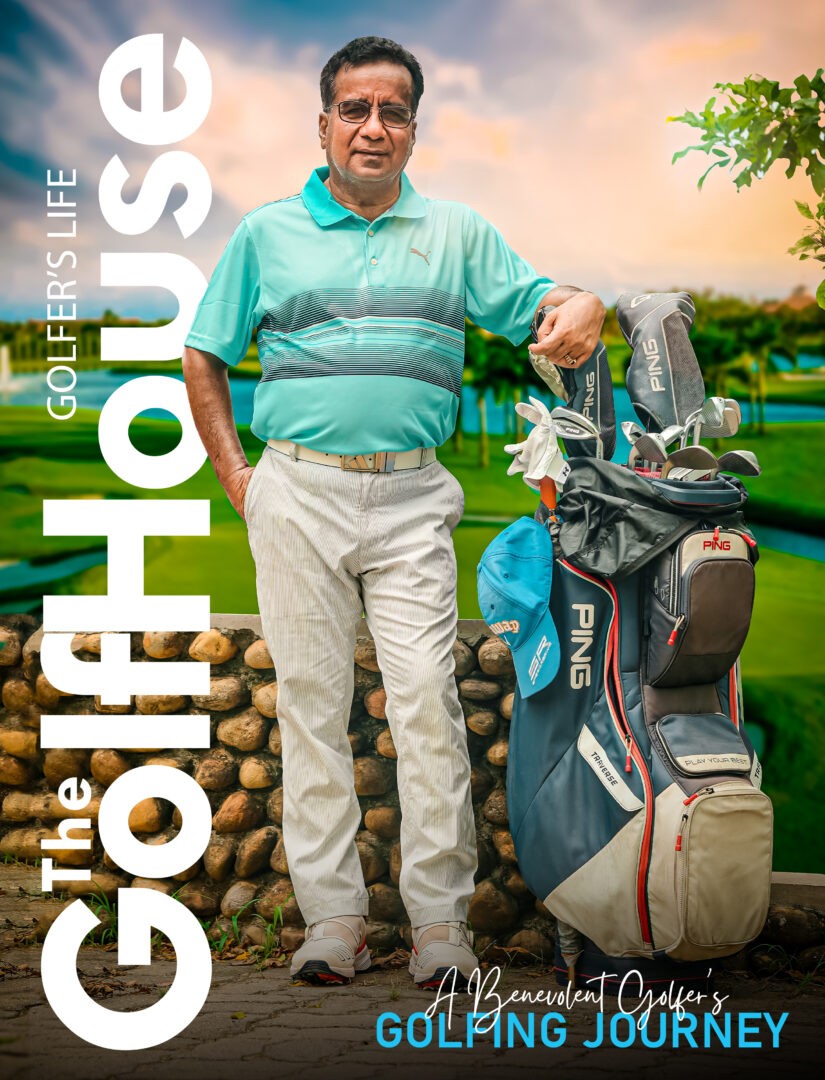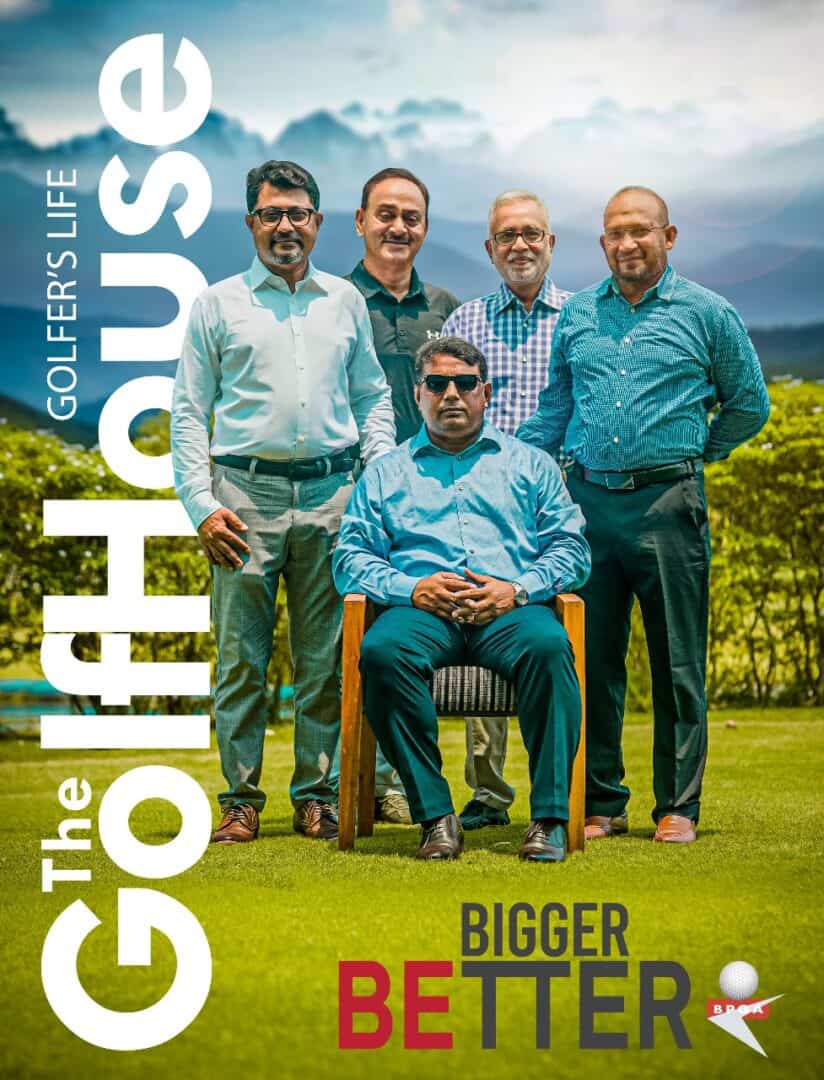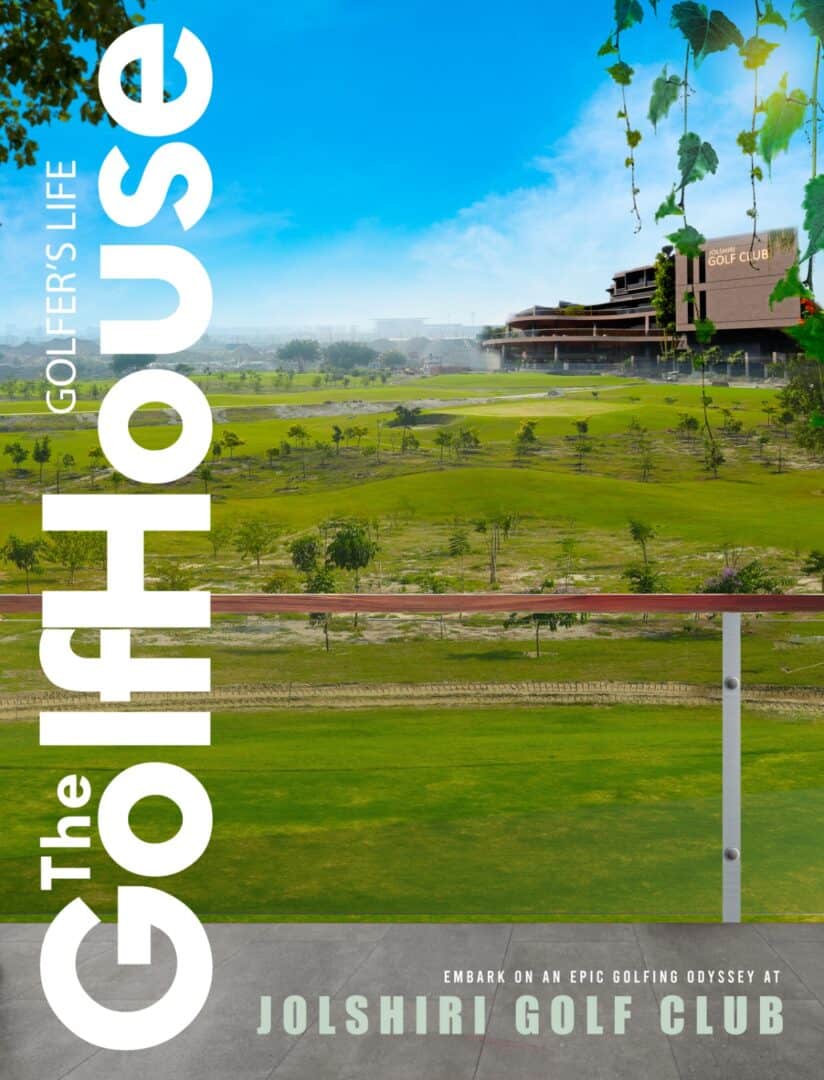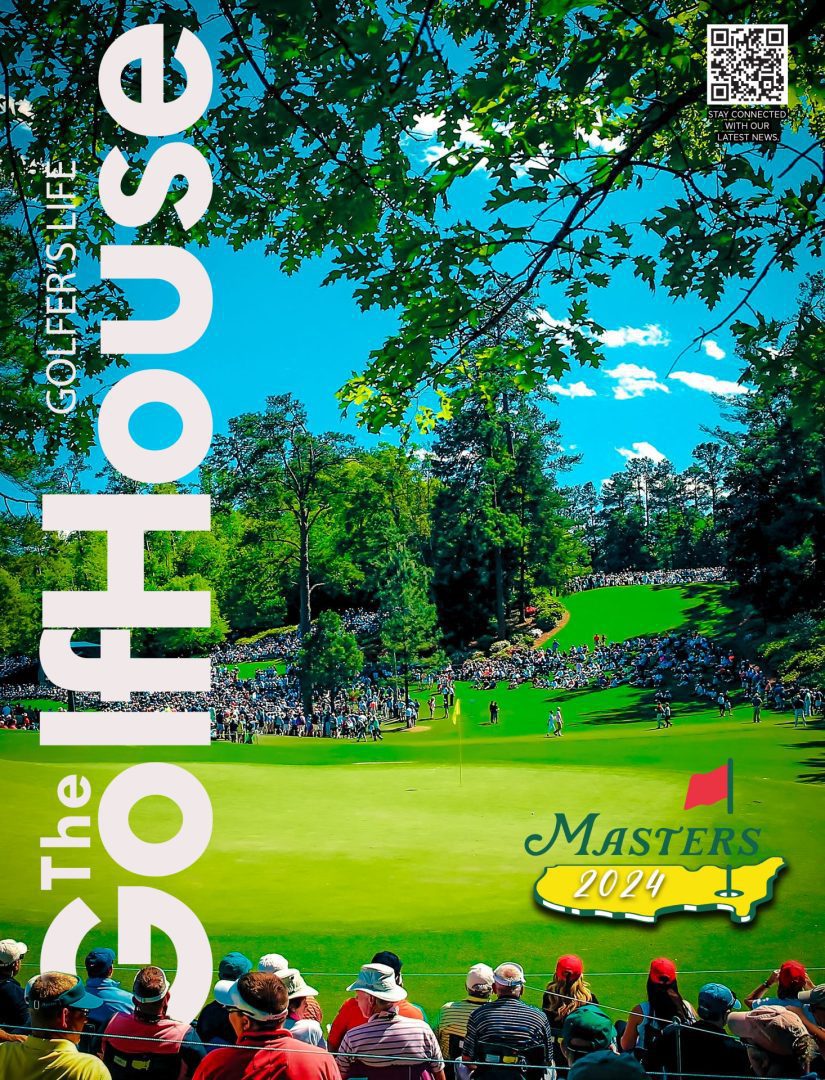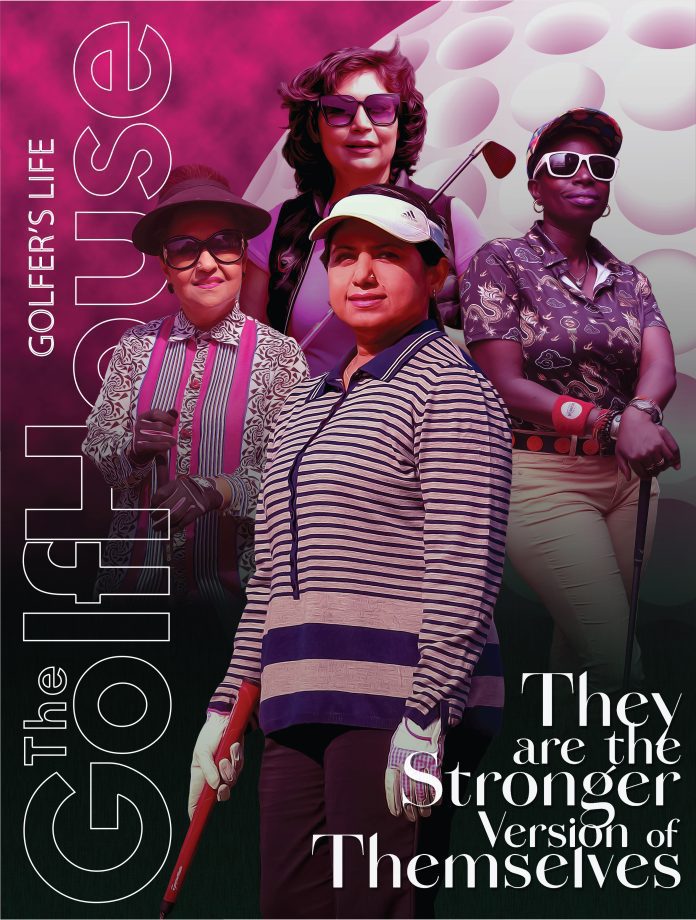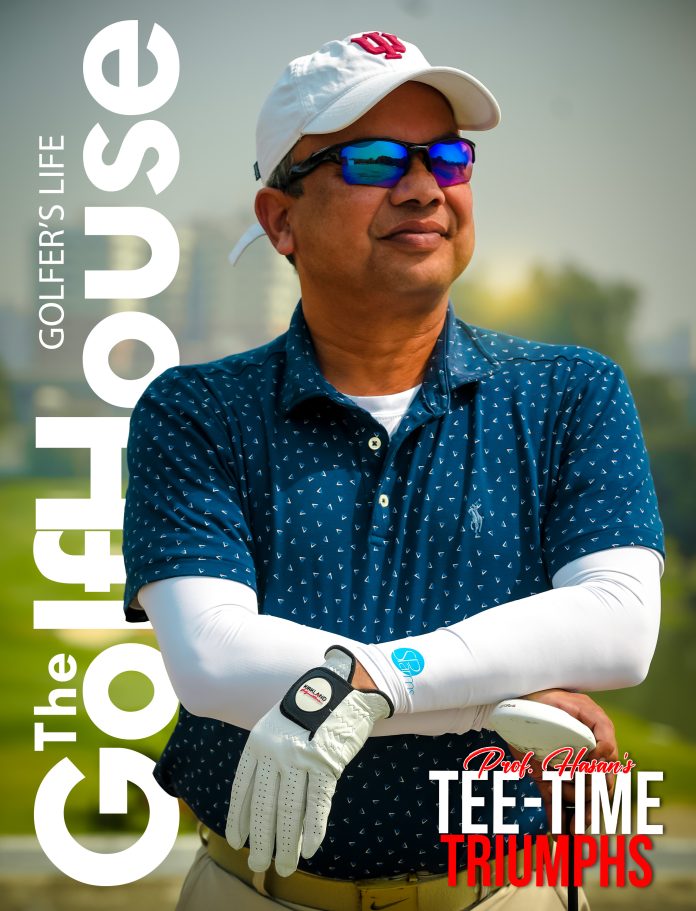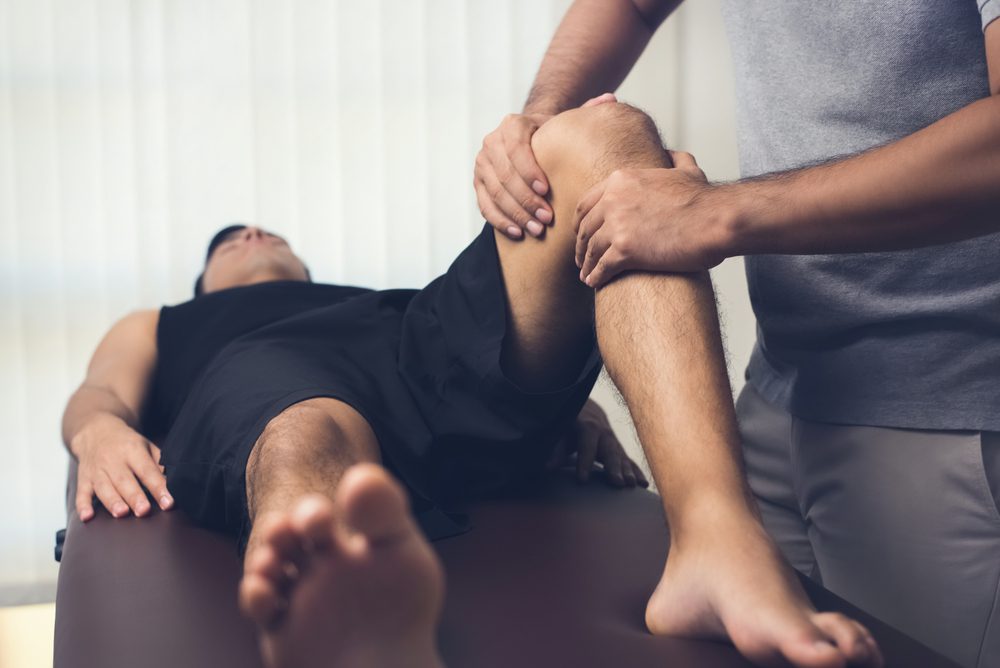Upcoming winter is full swing for Bangladeshi local golfers. so are their golf clubs. It’s that tee time of the year and everywhere golfers are looking to gain a competitive edge at the courses. Driving and putting lessons are one way, but another that is often overlooked may very well be the most effective in improving your game on the green – physiotherapy.
Physiotherapy Can Directly Improve Your Golf Game.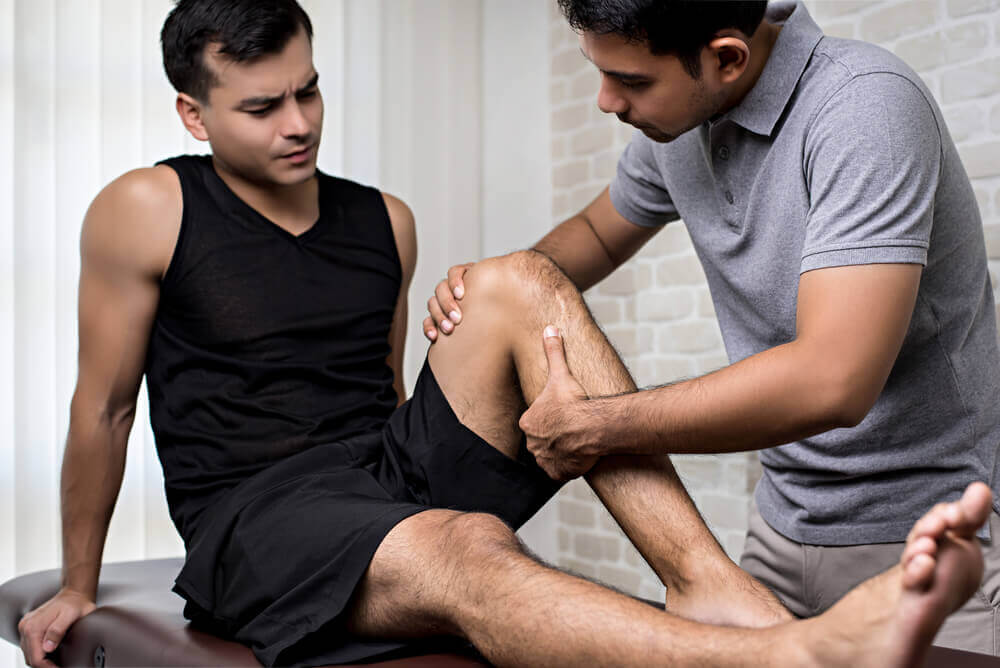
Golfer’s Elbow Treatment and Prevention:
Chronic elbow pain is about as synonymous with golf as it is tennis. Similar to tennis elbow (which occurs on the outside of the elbow), the golfer’s version is a physical condition that causes pain where the tendons of your forearm muscles attach to the “bony bump” on the inside of your elbow. It is not uncommon for the pain to spread into your forearm and wrist. You can see how detrimental this can be to your tee time.
A physiotherapist will provide for exercises that will gradually and safely stretch and strengthen the forearm muscles, but you may be surprised to know that spinal adjustments to the neck are also highly effective in treating this condition, which is why a visit with our chiropractor will be included in your treatment and prevention plan. Lastly, a professional clinic will provide you with a pre-game warm-up protocol.
LBP Treatment and Prevention:
Lower back pain (LBP) is the reason Tiger Woods is no longer…well, Tiger Woods. But even if you suffer from this common golfer ailment you can still make a name for yourself on the course through physiotherapy. But it all starts with understanding what is going on with your lower back when you swing.
During the down swing and follow-through phase the trail side facet joints take on significant compression. When under the x-ray, many professional golfers exhibit degenerative changes in their synovial facet joints. In response to the repetitive strain and inflammation being placed on your facet joints during the swing, your spinal nerve may become compromised, leading to spasm of the muscle. That spasm can make it near impossible to swing. As your physiotherapist, we will look closely at the surrounding tissue since the Multifidus muscle, interspinous muscle and ligament, and periosteum of the neural arch because they all share the same innervation with the facet joints (medial branch of the posterior primary rami). If there is cause for concern, we will prescribe a variety of treatments and therapies to correct abnormalities. Alternatively, we will prescribe preventative measures including in-clinic and at-home exercises and stretches to ensure that you don’t fall prey to this common golfer concern.
Rotator Cuff Got You in the Rough?
Pain in the shoulder is a real pain in the rear for both career and causal golfers alike. A lot of the time this golfer’s bane is directly connected to the four separate muscles that work together that allow you to pull, push, lift, and rotate our shoulder – the rotator cuff. The most frequent injury of the rotator cuff is an increase of inflammation of one or more of the tendons, commonly referred to as tendinitis. While this can result from trauma, it commonly creeps up after repetitive motions (golfing, a lot) and poor technique (bad form). What you’re left with is pain, weakness and loss of the function you need to play a full hole, much less 18.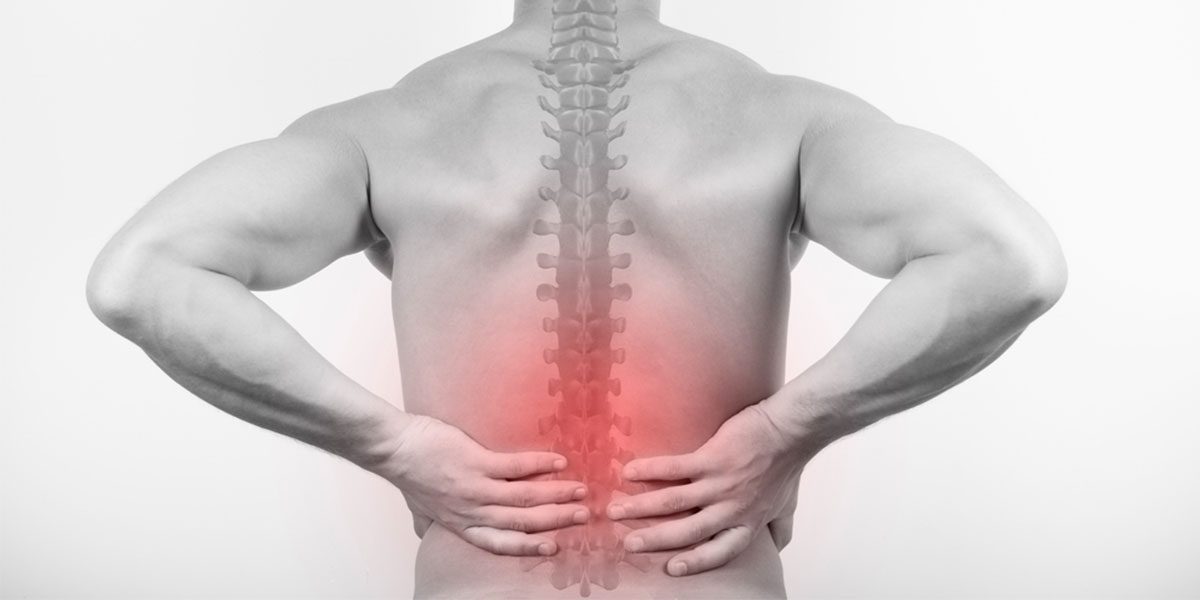
Again, a professional physiotherapy clinic will have a chiropractor on staff, who may employ what is known as Active Release Technique (A.R.T) to treat your rotator cuff injury, which relieves pain and eventually heals the injury. Other methods to treat (and prevent future occurrences of) rotator cuff injuries in golfers include IMS dry needling, in addition to manual therapy (hands-on-treatment), specific exercises, and education on your posture and technique.
Improve Overall Golfer Fitness:
While we may not be as qualified to instruct on driving and putting form as your club’s resident pro, we can make you more golf-fit, and that is essential to improving performance. For example, by addressing not only the common golfer’s ailments referenced above, physical therapy can remove other forms of pain and malfunction that could be impacting your game.
Let’s say that you’re working on your swing. When attempting to employ proper form, you may feel a twinge, pinch, or pain somewhere in your body that prevents you from following the proper followthrough. Your caddy can yell at you all day but if they don’t understand the pain you’re experiencing it will be to no avail. When you first see a physiotherapist, you can go through the motions of your swings, pitches, and putts and communicate to your therapist where pain and/or discomfort may persist. From there, they can investigate further using both manual techniques and through ultrasound equipment. Once the issue is properly diagnosed, treatment and therapy can be prescribed and maintained until the day comes where you can follow-through with your form as instructed and have a much better shot at that elusive ace, eagle, birdie, or even par (we don’t judge).
Physiotherapy will also help you improve your core fitness, which is absolutely instrumental in performance on the course as your core is significantly engaged, whether going for long drives or chipping your way out of the sand pit (again, we don’t judge).



